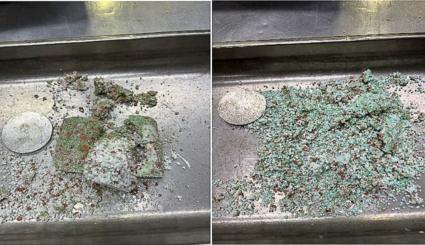The Right Time for ESN on Soybeans

When it comes to soybeans, it may seem a little unusual to talk about nitrogen application. As a legume crop, soybeans can fix their own nitrogen from the atmosphere, but under certain conditions, such as environmental stress or high yield goals, nitrogen may be a limiting factor.
“Typically, under ideal conditions, soybeans can produce enough nitrogen to make a 60-to-80-bushel crop,” explains ESN Agronomist Mike Howell. “But many growers are looking for higher soybean yields these days, and with additional nitrogen, they may be able to get over that yield hurdle.”
Previous research has shown that soybean plants may cease forming nodules if there is a large amount of available nitrate in the soil. For this reason, soluble forms of nitrogen are not recommended for application until after flowering. Using ESN allows for more flexibility in this type of application.
“We’ve been doing soybean research across the United States for the past five or six years, and by applying ESN prior to the reproductive stage, we’re able to find about a seven-bushel per acre yield increase,” Howell says. “Because ESN is a controlled-release nitrogen source, it’s only putting out a little bit of nitrogen at a time, and that doesn’t trigger the nodules to quit producing their nitrogen.”
Soybeans will produce nitrogen through the vegetative growth stages; however, when pod set is initiated, energy from the plant is shifted into setting pods rather than producing nitrogen.
“The reproductive time is the time that the soybean needs the most nitrogen,” Howell adds. “By applying ESN about two weeks before it goes into the reproductive stage, we’re able to increase the amount of nitrogen that’s available to that plant, thereby increasing the yields on these soybeans.”
Depending on the price of soybeans and your local markets, the seven-bushel per acre yield increase shown with ESN is about a $20-30 per acre increase in a grower’s return on investment. Other positive results include taller plants, larger stem diameter and more four-bean pods.
“If you’re looking to move your soybeans to that next yield level, ESN is definitely a tool that can help you achieve that goal.”
To watch the ESN Virtual Farming Experience with soybeans, click here.
For local crop results of ESN on soybeans, click here.


